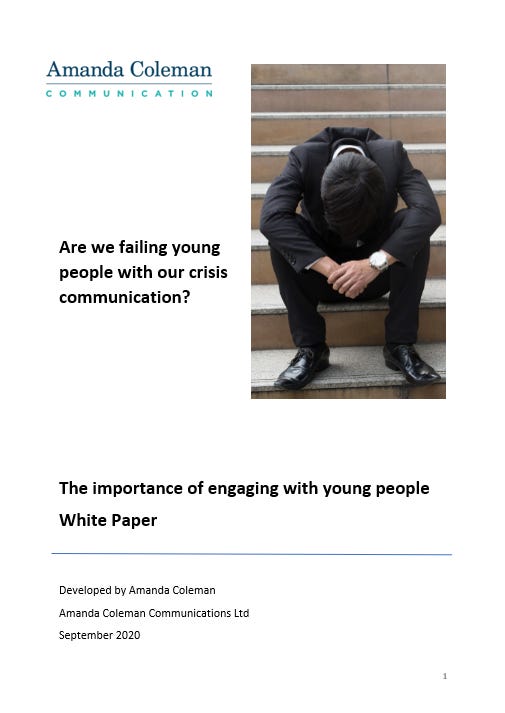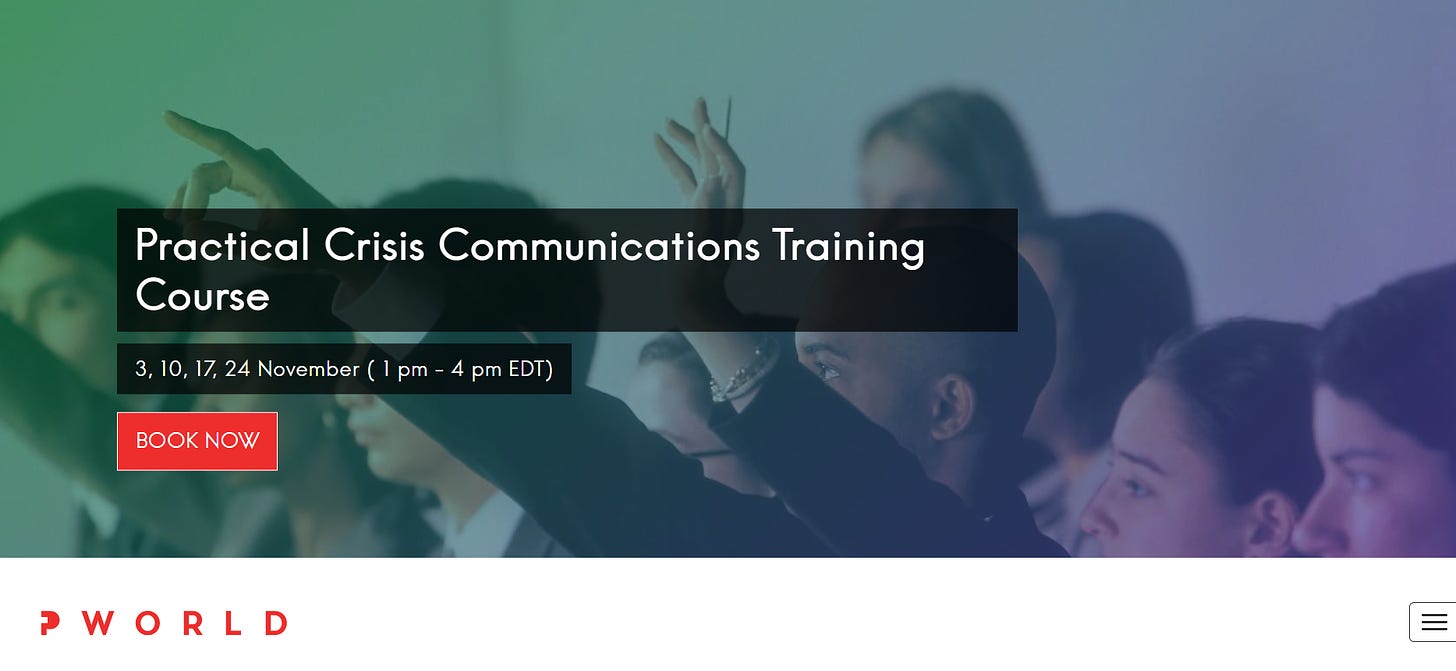Welcome to the first edition of the monthly crisis communication round up. In this edition, find out about managing risk, learn about engaging young people in a crisis and what is the future for communicators dealing with crises.
I start this edition still waiting to find out what is going to happen in Greater Manchester, UK, with a Tier 3 (highest restrictions) lockdown. As I live in the affected area I have been feeling the uncertainty, and while I can understand the reason there has been a challenge between local and national government it is people who are being put under pressure.
The Covid-19 pandemic is a huge challenge and there are no easy answers as to what the response should be. But for communication there is some certainty. Be clear, be honest, and be focused on people are three important points.
There is an interesting personal viewpoint in a blog from emergency and pandemic communication specialist Philippe Borremans read it here . We are all being put under pressure whether here in Greater Manchester or at any point around the world.
Planning for the worst
If you are wondering how to develop your crisis communication plans and what you may be facing in the future I would recommend listening to Radio 4 programme Planning for the worst. My takeaway is that even in risk identification if you are working from your own viewpoint only there is every likelihood you will miss the problems round the corner.
As a wise friend has said there are no crises that are not predictable except aliens landing and that is only at the moment. In my previous work within the police there were plans for everything and in 1999 this meant a huge room filled with binders of different crisis plans.
Think broadly and consult widely when looking at your risks.

Engaging with Young People White Paper
In late September I hosted an expert panel webinar discussing whether communicators were failing young people with the crisis communication. There is more that can be done to connect and it starts with really listening to young people.
Read the details of my seven steps of engagement and the actions I think are needed now.
Engaging Young People White Paper read more here

Communication and Building Inequality
The Covid-19 pandemic has highlighted something that has gone unnoticed in crisis management and communication previously, and that is the inequalities that are increased or created. In the early stages of the pandemic in the UK there was some brief discussion about how certain communities were not being reached with vital and life saving messages. This article by Ingrid Piller, Distinguished Professor of Applied Linguistics at Macquarie University, states that “Multilingual crisis communication has emerged as a global challenge.” Read more here.
Practical Crisis Communication Programme Open Now
Join me for a short four week programme to take you from basic risk management to building a crisis communication plan. The weekly sessions will improve your crisis and risk communication. Spaces are limited so sign up now. The first session is on Tuesday 3 November 1pm to 4pm EDT. There are currently only a couple of places left on this programme.
Practical Crisis Communication sign up here

In Brief
On 26 and 27 October I am running two webinars for Lawcomms. Being Crisis Ready and Managing the Crisis and the Move to Recovery. To find out more and join the one hour sessions click here.
BA and why cyber crime should be one scenario you have prepared for. More here.
Read my October crisis communication case study Testing Times this month about a brand under pressure. Read it here.
Watch the two #crisischat webinars. Change and crisis communication. Find it here. Engaging young people - watch again here.
Get in touch with any suggestions for what you would like to see in this Under Pressure monthly bulletin - amanda@amandacolemancomms.co.uk
If you want to find out more about Amanda Coleman Communication and how you can improve your crisis and risk communication get in touch amanda@amandacolemancomms.co.uk

